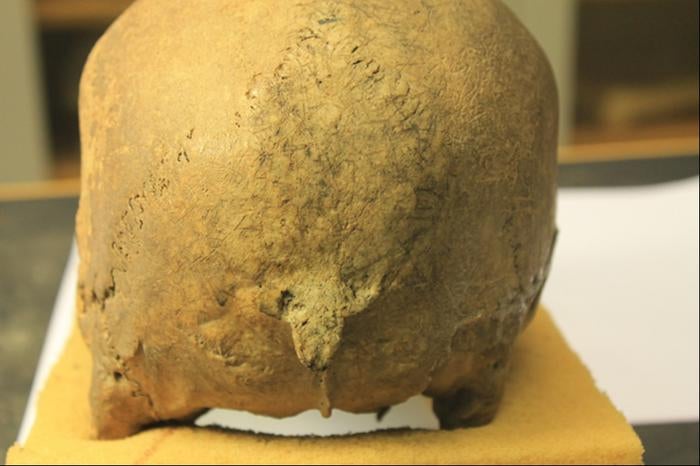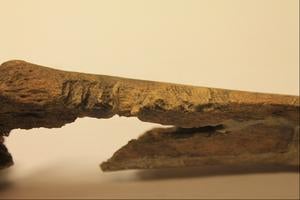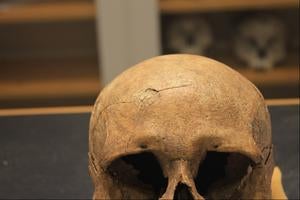Norway Vikings found to be much more violent than previously thought
Findings show weapons played key role in Norwegian Viking identity and social status
Your support helps us to tell the story
From reproductive rights to climate change to Big Tech, The Independent is on the ground when the story is developing. Whether it's investigating the financials of Elon Musk's pro-Trump PAC or producing our latest documentary, 'The A Word', which shines a light on the American women fighting for reproductive rights, we know how important it is to parse out the facts from the messaging.
At such a critical moment in US history, we need reporters on the ground. Your donation allows us to keep sending journalists to speak to both sides of the story.
The Independent is trusted by Americans across the entire political spectrum. And unlike many other quality news outlets, we choose not to lock Americans out of our reporting and analysis with paywalls. We believe quality journalism should be available to everyone, paid for by those who can afford it.
Your support makes all the difference.Vikings in Norway were more violent towards each other than previously thought, according to a new study that sheds more light on rules and their enforcement in these early European societies.
Until now the rates of violence in Viking Age Norway and Denmark were thought to be comparable.
Now, challenging these assumptions, researchers have found much greater rates of trauma on skeletons and the extent of weapon use in Norway.
“The findings of these patterns suggest that we are talking of distinct societies in the regions of Norway and Denmark. This is quite striking, as the assumption has been that socially Viking Scandanavia was largely a singular space,” study co-author David Jacobson from the University of South Florida said.

The research, published in the Journal of Anthropological Archaeology, reveals how Viking Age societies in Norway and Denmark differed in their experiences with violence and the role social structures played in shaping those patterns.
In the new study, scientists combined methods used in archaeology and sociology along with the study of skeletons and runestones, which are raised stones bearing inscriptions.
They analysed skeletal remains from Viking Age Norway and Denmark and found that a third of the Norwegian skeletons showed healed injuries, indicating that violent encounters were much more common than previously thought.
Among these skeletons, nearly 40 per cent showed signs of “lethal trauma”, highlighting the frequent and often fatal use of weapons in Norway.
In contrast, about 6 per cent of Viking Danes appear to have died violently, almost all from official executions.
Researchers found a prominent presence of weapons – particularly swords – alongside skeletons in Viking Age graves in Norway.
More than 3,000 swords from the Late Iron Age and Viking era were found in Norway, compared to just a few dozen from this period in Denmark.

The research points to “key differences” in the way violence, social hierarchies and authority influenced these dynamics in Denmark and Norway Viking societies.
In Denmark, for instance, scientists found that the society was more centralised, with clearer social hierarchies and stronger central authority.
Here violence was more organized and controlled, linked more often to official executions rather than interpersonal violence.
Social order in Viking Age Denmark seems to have been maintained via political control, reflected in the construction of large earthworks and fortifications.

In Norway, there was a more decentralised society that appears to have experienced more peer-to-peer violence, indicated by higher levels of trauma found in skeletons, researchers noted.
The findings show that weapons played a key role in Norwegian Viking identity and social status, highlighting the culture’s connection to violence.

Join our commenting forum
Join thought-provoking conversations, follow other Independent readers and see their replies
Comments